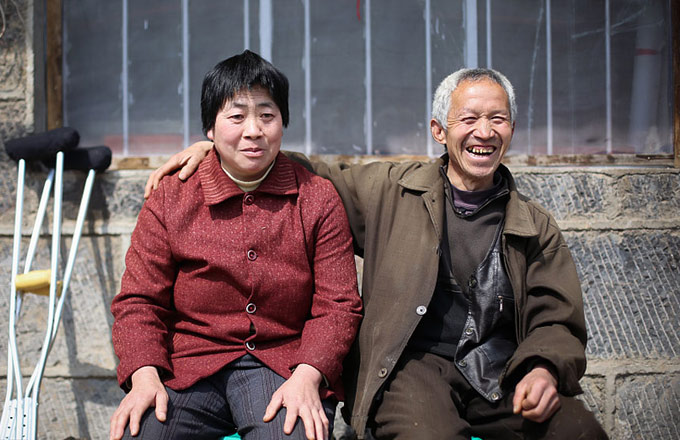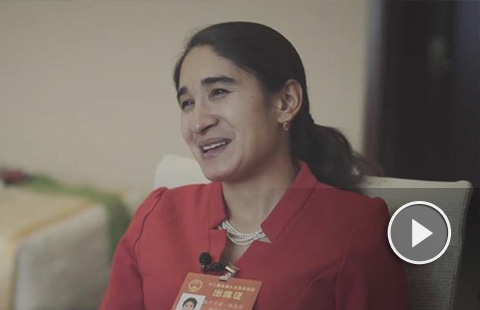45 pandas born after Wenchuan quake
CHENGDU - Forty-five giant pandas have been born at the China Giant Panda Protection and Research Center in the five years since an 8.0-magnitude earthquake struck a panda habitat in Wenchuan County in Southwest China's Sichuan province.
Breeding has continued despite the quake's impact, said Huang Yan, deputy engineer-in-chief of the center.
The center is the world's largest giant panda breeding facility, with 170 captive pandas that previously lived at the Wolong National Nature Reserve, which is located 16 km away from the epicenter of the quake.
Most of the reserve's pandas and staff were transferred to another breeding facility in Ya'an, which is located 140.5 km from the provincial capital of Chengdu.
A new center for panda breeding and research, sponsored by the government of Hong Kong, has been built on more suitable terrain at the Wolong reserve and has the capacity to accommodate 80 captive pandas, said Li Desheng, deputy chief of the reserve.
The center restarted a program aimed at teaching pandas how to live in the wild two years after the earthquake.
"Wild training is the key to increasing the panda population and has been the focus of our work in the post-quake period," said Zhang Hemin, the center's director.
Five pandas are currently participating in the program.
Tao Tao, a male panda, has been released into the wild after two years of training. Staff monitoring Tao Tao say he is doing well in the wild.
Some pregnant pandas that are capable of feeding themselves have been placed in a wild training zone covering 200,000 square meters to deliver their cubs and care for them with little human intervention, Huang said.
Staff will monitor the pandas' activity in the wild, according to Li.
The training program, which was first launched in 2003, faces many challenges, as experts are struggling to understand how captive pandas adapt to a new, wild environment.
"Generally speaking, pandas must be able to find food and defend themselves from predators to survive in the wild," Huang said.
The average life expectancy for pandas is 25 years. Pandas are susceptible to a wide range of health problems, including gastrointestinal and respiratory diseases.

























